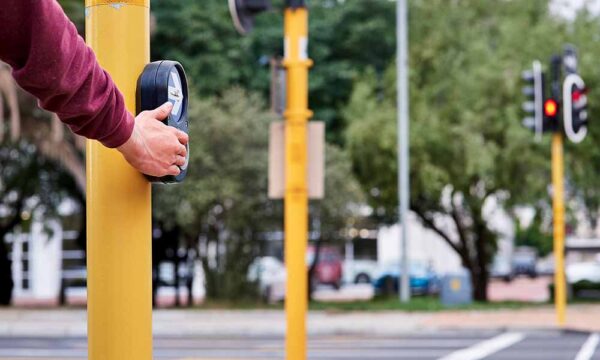
Pedestrian Accidents: Safety Starts with You
Most of the time the vast majority of us get around in one kind of motorized vehicle or another. Whether we are driving the truck to work, shuffling the kids around in a minivan, or gliding along in a slick coupe, four wheels and an engine is our go-to form of transportation; but we are all pedestrians, too.
It’s likely you’ll find yourself hoofing it more on two feet more now that the weather is warmer. Taking the kids to the park, enjoying a balmy evening on a restaurant patio, or listening to an outdoor concert are just a few summertime activities you might find yourself doing in the coming months. When walking to and from these events, you will eventually have to intersect with a roadway.
Walking is not only a healthy and environmentally friendly mode of travel, it also complements driving and public transportation, helping to complete a reliable transportation network. Walking is often the first and last mode of transit in a commute, and it is sometimes the only form of transit.
Although walking is an essential form of travel, all too often car and truck drivers are not attuned to the pedestrians with whom they share the road.
According to the National Highway Traffic Safety Administration (NHTSA), a pedestrian was killed every 2 hours and injured every 7 minutes in traffic crashes in 2013. In that year, 14% of all traffic deaths and about 3% of all traffic injuries were pedestrians.
In short, personal use or commercial vehicles – like delivery trucks, tractor trailers – strike pedestrians all too frequently, with catastrophic consequences.
Keeping Roadways & Pedestrians Safe
There are public service campaigns in place to get drivers to do a better job of sharing the road with pedestrians. Most notably, the U.S. Department of Transportation launched the Safer People, Safer Streets Initiative in October 2015 to address non-motorized transportation safety issues.
This federal program is relying in part on state and local governments for implementation. State and local transportation agencies are charged with planning, designing, building, and maintaining roads, sidewalks, and other public right-of-ways. Local authorities also have a responsibility in ensuring that the public is educated on safety laws and regulations, and in enforcing those laws. State and local elected officials may also pass laws that enhance commuter behavioral, infrastructure and vehicle safety.
Of course, this is all good news for citizens. For projects you see on your own streets that need to get off the ground, you can simply contact your representative or appropriate local agency. In this way, the community can easily get involved to help make roads safer for all of us, whether we’re commuting on four wheels or on own two feet.
What Else Can I Do?
In addition to getting involved in local road safety projects, below are some common sense, simple solutions to make your commute as a pedestrian safer.
1) Be visible. Make sure you’re visible to drivers at all times. This is particularly important at night, or in low-light situations, like dawn, dusk or inclement weather.
A Fact You Should Know: According to NHTSA’s National Center for Statistics and Analysis, 32% of all pedestrian fatalities occur between 8 p.m. and midnight.
2) Eye contact. Make eye contact with the driver if you can when crossing a street, even if you have the right-of-way. This way you know they see you and they know you see them.
3) Consider clothing. White or light-colored clothing is best at night. Bright-colored clothing stands out in the day.
4) Well-lit areas. At night, walk in areas that have plenty of light, especially when crossing the street.
5) Avoid distractions. Put away the phone and tuck away your headphones when walking along the street or crossing one.
6) Follow the rules. Know all the traffic rules and follow them. Avoid jaywalking, disobeying traffic signals and other violations that will only put you at greater risk of getting hurt.
7) Avoid drinking alcohol. Nearly half of all pedestrian fatality vehicle crashes involve alcohol. Surprisingly, in 34% of these cases, the pedestrian was the one impaired. Alcohol compromises the reflexes and decision-making skills of drivers and pedestrians alike, so take care when hitting the streets on two feet after you’ve been drinking.
We at Fried Goldberg focus our practice on those injured in trucking accidents, but we encourage everyone to take care whenever you’re on the road, no matter your mode of transportation.
